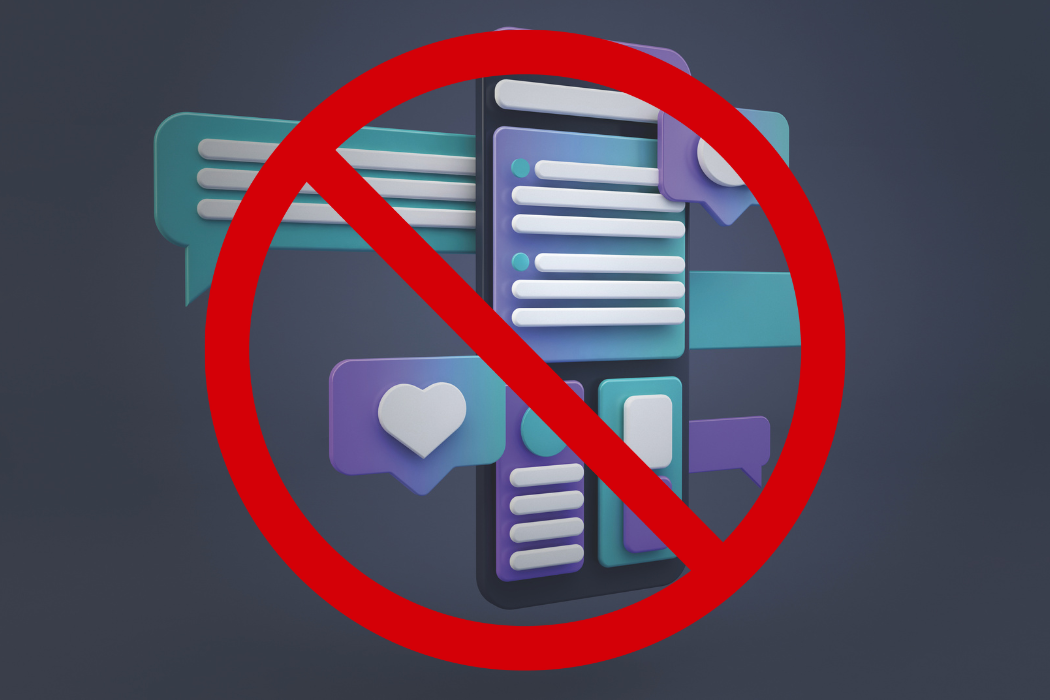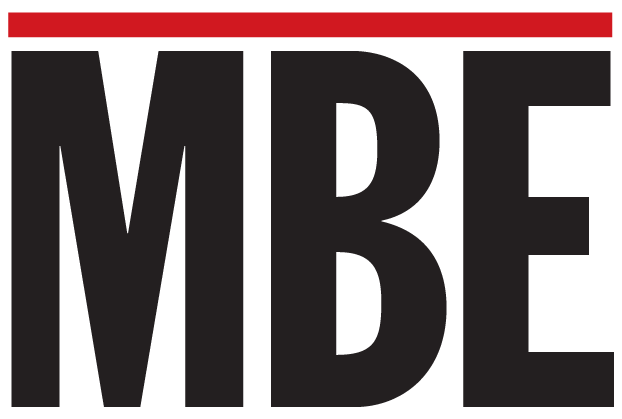
Brands that rush to delete negative comments on social media face immediate consumer backlash and significant revenue risks, warns Keith Kakadia, CEO and social media strategist at Sociallyin. The practice, increasingly common among major brands, is proving to be a costly miscalculation in today’s transparency-driven market.
“What these brands don’t realize is that hitting ‘delete’ on criticism is like throwing gasoline on a digital fire,” says Kakadia. Recent data backs his warning: 95 percent of consumers report immediately losing trust in brands caught removing negative feedback and reviews, with many sharing screenshots of deleted comments across multiple platforms.
The Risks of Deleting or Ignoring Negative Comments
The financial impact is immediate and measurable. In a study, brands caught suppressing customer feedback face up to 15 percent customer churn within months, as consumers interpret deleted comments as red flags for deeper issues. What starts as reputation management often spirals into viral criticism, with deleted complaints typically resurfacing across three to four additional platforms within 24 hours.
“Every deleted comment represents a missed opportunity to build trust,” explains Kakadia. “Today’s consumers don’t expect perfect brands—they expect transparent ones. When you delete their voice, you’re telling them and everyone watching that your image matters more than their experience.”
Expert Tips: How to Handle Negative Comments Effectively
Kakadia offers actionable strategies for brands to manage negative comments constructively:
- Acknowledge and Address: Always respond promptly and professionally, ideally within 24 hours. A simple acknowledgment like, “We hear your concerns and want to help resolve them,” can go a long way. Follow up with specific steps you’ll take to address the issue, demonstrating your commitment to resolution.
- Stay Transparent: Own up to mistakes when they occur and provide clear explanations. Consumers appreciate brands that admit fault and take corrective action. Share your plan to prevent similar issues in the future, turning a negative situation into a demonstration of your commitment to improvement.
- Take It Offline When Necessary: For complex issues, offer to continue the conversation privately while maintaining public transparency. For example: “We’d like to assist further. Please DM us your contact details so we can resolve this, and we’ll post an update here once resolved to help others with similar concerns.”
- Set Clear Guidelines: Publish community standards that define what constitutes acceptable behavior on your social channels. This allows for fair moderation without accusations of censorship. Regularly review and update these guidelines based on community feedback and emerging challenges.
- Engage Positively: Use criticism as an opportunity to showcase your commitment to improvement. Share updates on how you’ve acted on customer feedback, and highlight success stories where negative feedback led to positive changes in your products or services.
- Monitor and Analyze Patterns: Implement a systematic approach to tracking common themes in negative comments. Use this data to identify recurring issues and make proactive improvements to your products, services, or customer experience before similar complaints arise.
- Empower Your Community: Turn negative situations into opportunities for community building by encouraging satisfied customers to share their positive experiences. When appropriate, highlight how your brand has successfully resolved past issues, creating a balanced narrative that showcases your commitment to customer satisfaction.
Deleting Negative Comments Can Backfire
Several brands in the U.S. have faced backlash for deleting or ignoring social media comments, highlighting the potential reputational harm this strategy can cause:
Amazon: Customer Complaints and Reviews
Amazon, a global leader in e-commerce, has been called out for deleting, ignoring, and giving generic responses to customer complaints about delivery delays and product defects. While not always deleting comments, Amazon’s perceived lack of engagement with dissatisfied customers has created frustration among users. Instances where complaints disappeared or went unanswered have been cited in discussions about poor customer care, leading to social media campaigns that amplify these frustrations.
Influencer Brands: Review Deletion and Blocking Critics
A recurring issue in the influencer-driven market is the deletion of negative reviews and the blocking of critical users by brands tied to influencers. For example, beauty and wellness brands promoted by influencers have been accused of deleting critical feedback on product effectiveness. This behavior has been labeled as an attempt to “control the narrative,” resulting in accusations of dishonesty and eroding trust among their followers.
These examples demonstrate how deleting comments or ignoring concerns can backfire, leading to accusations of censorship, loss of consumer trust, and escalating social media crises. Transparent and constructive engagement is critical to maintaining brand integrity and public trust.
“Negative comments may feel like a threat, but they’re actually an opportunity,” Kakadia notes. “They’re a direct line to what your audience cares about most. Addressing them openly can not only resolve issues but also build a community of loyal advocates.”













